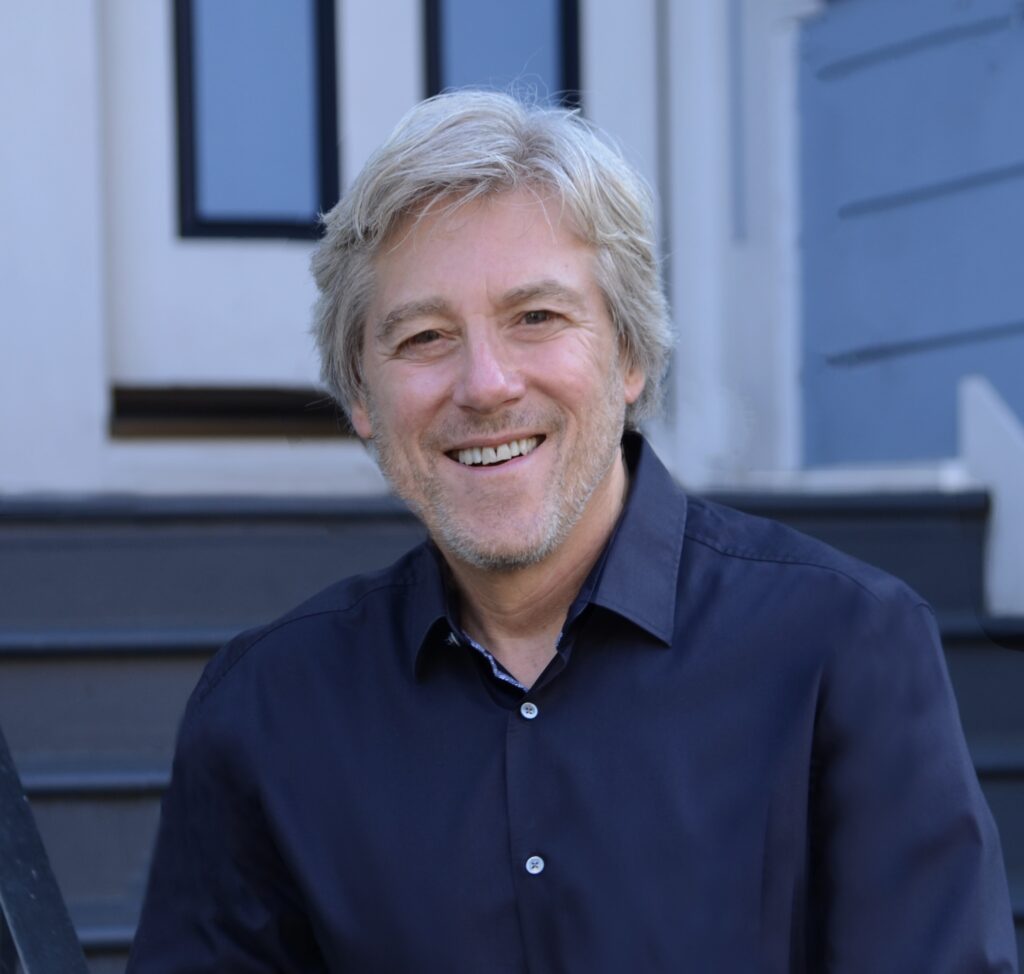There is from the start an extreme autistic aloneness that whenever possible disregards, ignores, shuts out anything that comes to the (person) from outside.
Leo Kanner, “Autistic Disturbances of Affective Contact”
Ultimately, lonely people are not actually interested in others, and that is precisely the reason they are so lonely.
Lars Svendsen, “A Philosophy of Loneliness”
Loneliness in adults with Autism Spectrum Disorder is often misinterpreted. It’s commonly thought that adults with ASD have little need to connect with others, to form secure attachments, and to participate in the normal give-and-take of the social world. The reality is actually quite different. Most people with Autism want relationships, they want be understood and to understand, to be open, to trust, and to share their thoughts and feelings with others.
The problem is they drawn, not to connect with people, but towards a basic desire for aloneness and sameness. This desire is the root cause of Autism, and it is what leads to the social awkwardness and social misunderstanding that are characteristics of this condition.
How can this be, you ask. How can someone want to be alone yet also desire contact with others? The answer is simple. Being drawn to aloneness does not imply a lack of interest in connecting with others. In fact, much of what adults with Autism Spectrum Disorder contend with, that is, their trouble reading people, understanding feelings and emotions, their narrow interests and repetitive behavior, and their desire for predictability is a struggle between the drive to be alone and desire to be connected with others.
What Does Aloneness Mean?
The aloneness of Autism Spectrum Disorder is a state of mind in which the person feels complete and whole, needing nothing and no one. This is different from loneliness, where there is a recognition that one is incomplete, disconnected, and separate, and in need of someone or something in order to be happy and whole.
What is problematic about the aloneness of Autism Spectrum Disorder is that the quality of being so complete in oneself creates little desire for anything to do with others. One is so self-satisfied and “complete” that he or she has no natural inclination to be engaged with others. Other people, new ideas, different interests and activities, and change, these do not draw the same interest for people with ASD as they do for neurotypicals. Instead, the person with Autism is self-contained, hence alone.
Aloneness of this type generally leads to turning away from people, a feeling of not belonging, and the perception of being alienated from others. Furthermore, this basic orientation towards aloneness results in sharing few interests, failure to initiate or respond to social interactions, poor verbal and nonverbal communication, problems in developing and maintaining relationships, and even the restricted, repetitive patterns of behavior, interests, or activities that are the core symptoms of Autism Spectrum Disorder.
Moreover, the aloneness of Autism leads to a disconnection from reality. One’s feeling of completeness makes needing others and the world less intense, and many adults with Autism have a hard time connecting in a deep and meaningful way with life and the social world.
Can One Change the Aloneness of Autism Spectrum Disorder?
It is my opinion, as I’ve stated in other articles, that most adults with Autism are capable of acting, thinking and feeling normal, or what we would consider within a normal range. Certainly, there are exceptions to this. It is much harder for those on the severe end of the autism spectrum to change. Nevertheless, even though most experts agree Autism has a neurological origin, change is still possible.
Motivation is the key to change, no matter the condition or diagnosis, in most instances. If one desires to be different, if one wants to grow and adapt, develop, adjust, or diversify that itself is the engine of change, even for those with Autism Spectrum Disorder. All that is really important is wanting it.
You can read about the Goals of Therapy for Adults with Autism Spectrum Disorder




